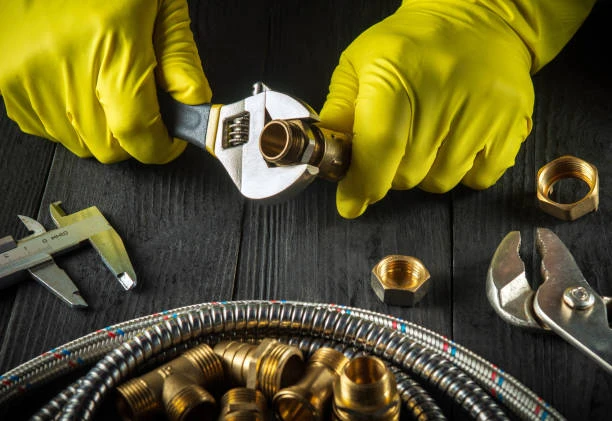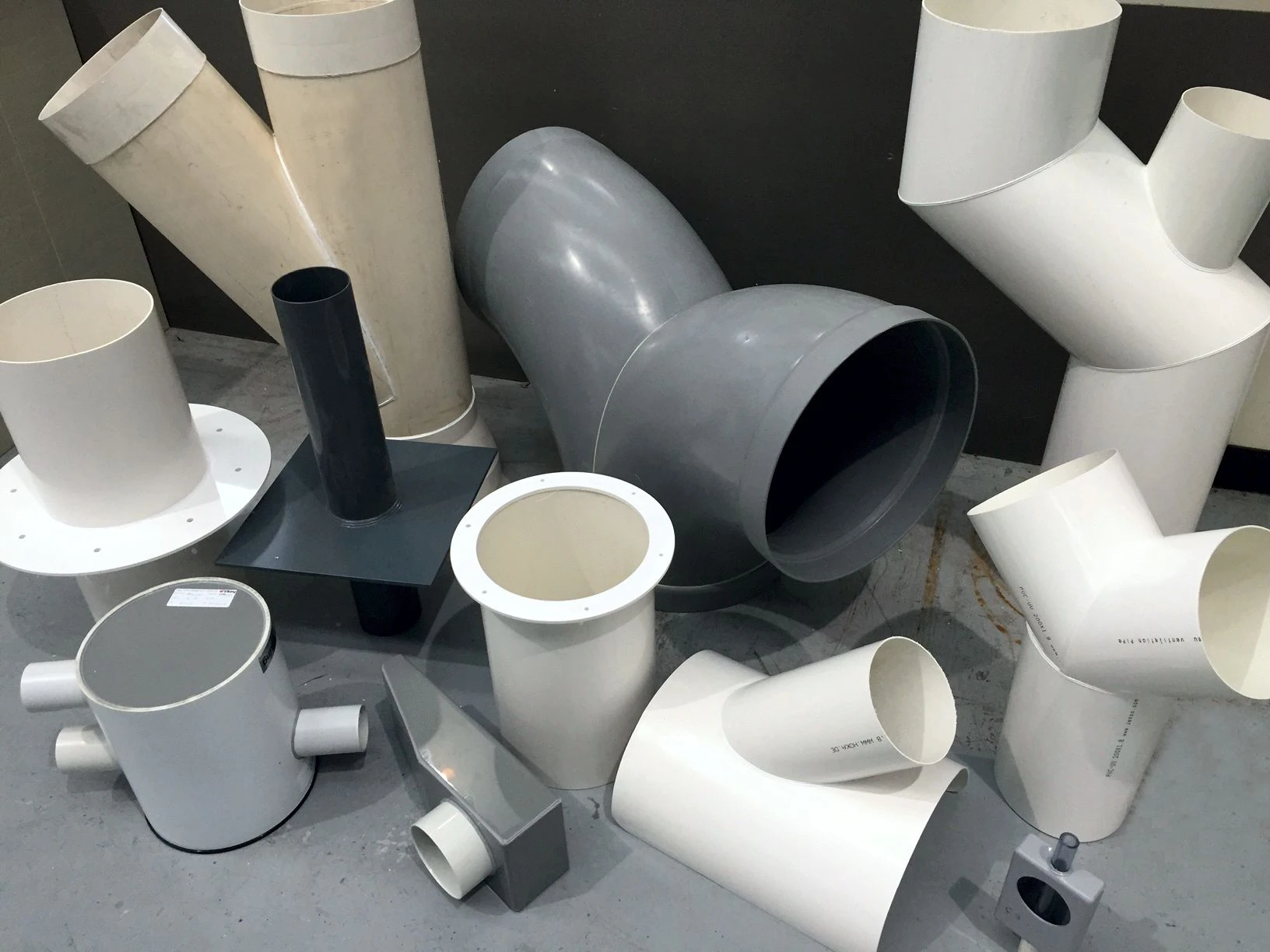In the world of plumbing and piping systems, ensuring durability and preventing leaks are paramount. Traditional welding methods, while effective, often lead to issues such as corrosion and wear over time. To address these concerns, the innovative weldless pipe joint system has emerged as a game-changer. This article will explore the advantages of weldless pipes, how they work, and the transformative impact they are having on various industries.
Understanding Weldless Pipe Systems
Weldless pipe systems utilize advanced engineering techniques to connect pipes without the need for welding. Instead of relying on traditional methods, these systems use mechanical joints, gaskets, and other innovative technologies to create secure, leak-proof connections. This approach not only enhances the integrity of the piping system but also reduces the risk of corrosion and other long-term issues.
Key Features of Weldless Pipe Systems
- Corrosion Resistance
One of the standout benefits of weldless pipe systems is their resistance to corrosion. Traditional welded joints can be susceptible to rust and degradation over time, particularly in environments with moisture or chemicals. Weldless systems are often made from corrosion-resistant materials, ensuring longevity and reliability. - Ease of Installation
The installation process for weldless pipes is significantly faster and easier than traditional methods. Without the need for welding, contractors can complete projects more quickly, reducing labor costs and minimizing downtime. This efficiency is particularly beneficial in large-scale construction projects. - Enhanced Durability
Weldless pipe joints are designed to withstand extreme conditions, making them ideal for various applications, from residential plumbing to industrial systems. Their robust construction helps prevent failures that can arise from wear and tear. - Leak-Proof Connections
The innovative design of weldless pipe joints allows for secure, leak-proof connections. This feature is critical in preventing costly water damage and maintaining system efficiency. By reducing the risk of leaks, businesses can save money on repairs and maintenance. - Versatility
Weldless pipe systems are suitable for a wide range of applications, including water supply, HVAC systems, and chemical processing. Their adaptability makes them an attractive option for various industries, enhancing their market appeal.

The Impact of Weldless Pipe Technology on Industries
1. Construction and Plumbing
In the construction and plumbing sectors, weldless pipe systems are revolutionizing how projects are approached. The ease of installation and reduced risk of leaks contribute to more efficient project timelines and lower costs. Contractors can utilize weldless systems to enhance the overall quality of their work, ensuring long-lasting results.
2. Oil and Gas
The oil and gas industry demands high standards for durability and safety. Weldless pipe systems meet these requirements by providing robust connections that can withstand harsh environments. By minimizing corrosion and leakage risks, these systems help maintain operational integrity and reduce the likelihood of costly spills.
3. Chemical Processing
In chemical processing applications, the risk of corrosion is a significant concern. Weldless pipe systems mitigate this issue, allowing for safe transportation of corrosive materials. Their ability to handle high-pressure conditions makes them a reliable choice for processing facilities.
4. Agriculture
Agricultural applications benefit from weldless pipe systems by improving irrigation and water delivery systems. The leak-proof connections ensure efficient water usage, which is crucial for sustainable farming practices. Additionally, their durability reduces the need for frequent replacements, leading to cost savings for farmers.
5. HVAC Systems
In HVAC applications, weldless pipes contribute to enhanced efficiency and reliability. The systems can handle both heating and cooling processes without the risk of leaks, ensuring optimal performance in temperature control.
Future Trends in Weldless Pipe Technology
As technology continues to evolve, weldless pipe systems are likely to see further advancements. Innovations in materials and design will enhance their performance and broaden their applications. Additionally, the growing emphasis on sustainability will push manufacturers to develop eco-friendly weldless solutions that align with green building practices.
1. Sustainable Materials
Manufacturers are increasingly exploring sustainable materials for weldless pipe systems. These eco-friendly options can help reduce the environmental impact of construction and plumbing projects.
2. Smart Technology Integration
The integration of smart technologies into weldless pipe systems can lead to improved monitoring and maintenance. Sensors could provide real-time data on system performance, alerting users to potential issues before they become significant problems.
3. Global Adoption
As awareness of the benefits of weldless pipe systems spreads, their adoption is likely to increase globally. Markets in developing regions, where infrastructure development is crucial, may particularly benefit from this innovative technology.
Conclusion
The innovative weldless pipe joint system is transforming the way we think about piping solutions. By addressing issues of corrosion, durability, and leakage, these systems offer significant advantages across various industries. As technology advances and awareness grows, weldless pipes are set to become a standard choice for plumbing and piping applications worldwide.
Frequently Asked Questions (FAQs)
- What are weldless pipes?
Weldless pipes are piping systems that connect without traditional welding, using mechanical joints and gaskets instead. - What are the benefits of using weldless pipes?
Benefits include corrosion resistance, ease of installation, enhanced durability, leak-proof connections, and versatility across applications. - Where are weldless pipes commonly used?
Weldless pipes are used in construction, plumbing, oil and gas, chemical processing, agriculture, and HVAC systems. - How do weldless pipes prevent leaks?
Weldless pipes create secure connections that do not rely on welding, which can be prone to failure. Their design minimizes the risk of leaks. - Are weldless pipes more expensive than traditional welded pipes?
While initial costs may vary, the long-term savings from reduced maintenance and enhanced durability often make weldless pipes a cost-effective choice.

















